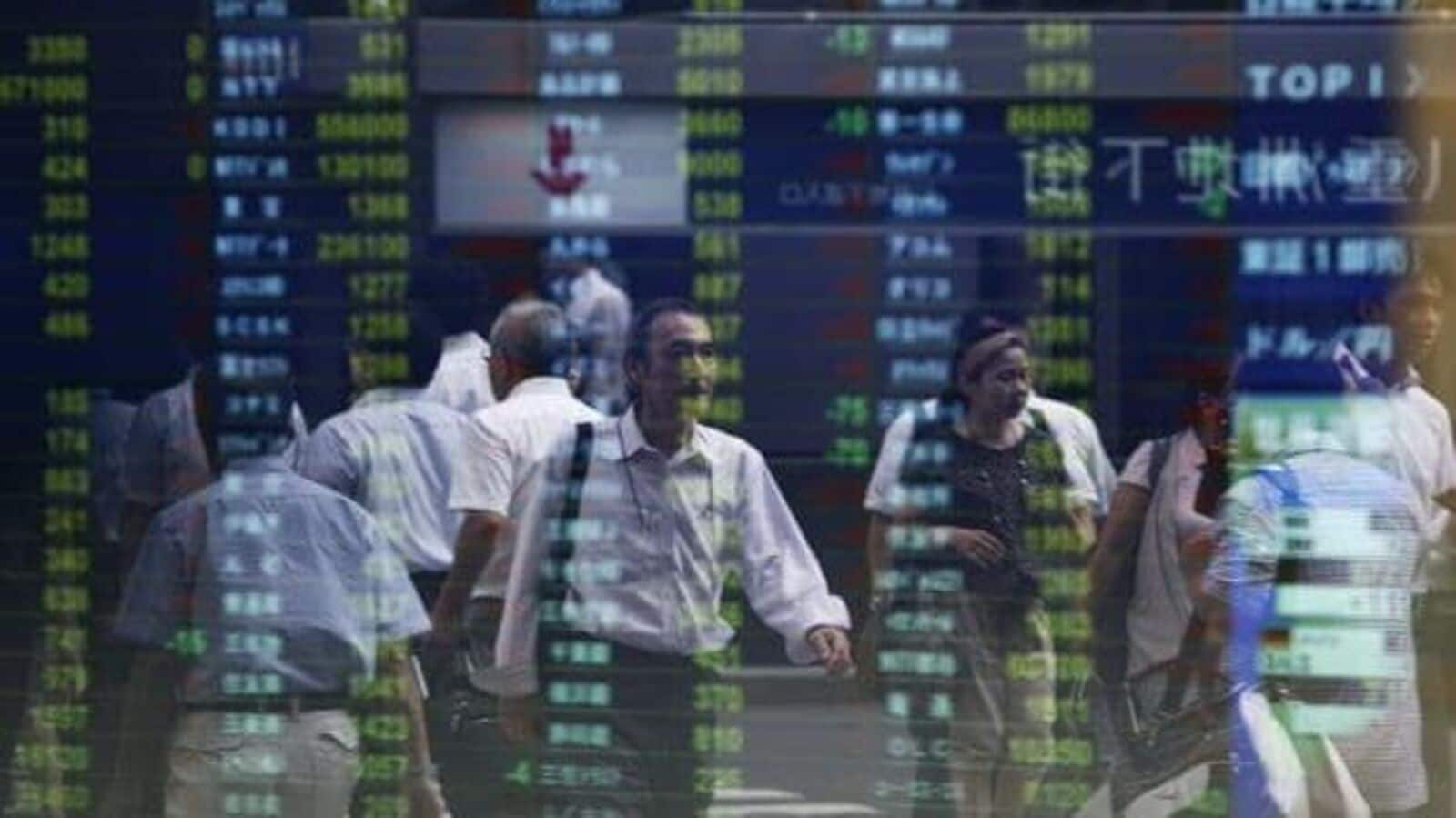Market Overview
The Indian stock market experienced a flat close for the second consecutive trading session, even as global and Asian markets posted strong gains. Despite positive momentum in international markets, the frontline indices remained under pressure primarily due to declines in key sectors such as IT and pharmaceuticals. This reflects a cautious market sentiment as investors weigh the current economic landscape against potential recovery signals from global markets.
Sector Performance
In contrast to the lackluster performance of IT and pharma stocks, banking stocks demonstrated significant gains during the day. Market analysts suggested that a sector rotation might be occurring, shifting investments from the underperforming pharma and IT sectors to the banking sector. This shift was evident as major banking heavyweights outperformed during the session, although their substantial gains were insufficient to lift the overall indices higher.
Closing Numbers
The Nifty 50 concluded the trading day with a slight gain of 0.07%, finishing just below the psychologically important 25,000 mark at 24,998. The Sensex also managed a modest increase of 0.18%, settling at 81,611 points. This resilient performance can be attributed to a handful of stocks that managed to push the indices into positive territory.
Key Performers
Among the 50 stocks that comprise the Nifty index, 23 ended the day on a positive note. Kotak Mahindra Bank led the way with a notable rise of 4.2%, showcasing strong investor confidence. Other significant performers included HDFC Bank, Bharat Electronics, IndusInd Bank, Maruti Suzuki, Tech Mahindra, Power Grid Corporation, Mahindra & Mahindra (M&M), JSW Steel, NTPC, and Axis Bank, each showing gains of over 1%. This illustrates a rebound in investor sentiment towards selected banking and industrial stocks.
Mid and Small-Cap Stocks
The performance among mid and small-cap stocks was mixed. The Nifty Midcap 100 index fell by 0.30% to close at 58,935 points, indicating some profit booking and caution among investors. However, the Nifty Smallcap 100 index managed to end the day slightly positive, gaining 0.19% to finish at 18,900 points. This indicates that while some sectors are struggling, there remains a degree of resilience among small-cap stocks.
Expert Insights
Vinod Nair, Head of Research at Geojit Financial Services, commented on the day’s market performance, stating, “The market displayed a range-bound trend with a slightly negative bias, particularly ahead of the Q2 results. Although Asian markets initially opened well, they could not sustain the gains as European markets indicated a negative trend, influenced by expectations surrounding key U.S. inflation data and rising global bond yields. The domestic broader market remains mixed, with caution prevailing due to subdued expectations for the upcoming Q2FY25 results, especially in light of weak global and rural demand.”
Inflation Data Ahead
Adding to the market sentiment, the U.S. Consumer Price Index (CPI) for September is expected to be released soon. According to a recent poll by Reuters, economists anticipate that core inflation will remain steady at a year-on-year rate of 3.2%. This forthcoming data is likely to significantly influence markets globally, including in India, as investors gauge the potential impact on interest rates and economic conditions.
Chinese Market Recovery
In other regions, Chinese stocks notably rebounded, recovering from a sharp decline in the previous session. This recovery was fueled by renewed investor optimism following the Chinese central bank’s introduction of a 500 billion yuan facility aimed at bolstering capital markets. China’s blue-chip CSI300 index closed up by 1%, while Hong Kong’s Hang Seng index surged over 3%, indicating a strong resurgence in market confidence. The People’s Bank of China (PBOC) also introduced a series of measures to support market liquidity, further aiding the recovery.
Conclusion
As we move forward, market participants will keep a close eye on both local and global economic indicators, including U.S. inflation data and potential policy responses from central banks. The shifting dynamics among sectors within the Indian market highlight the importance of diversification and strategic investment as optimism continues to ebb and flow in line with global economic trends.












